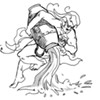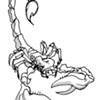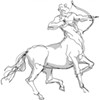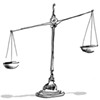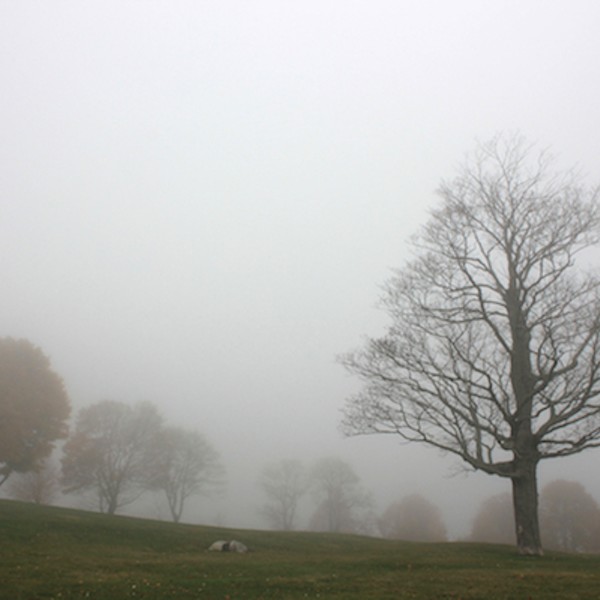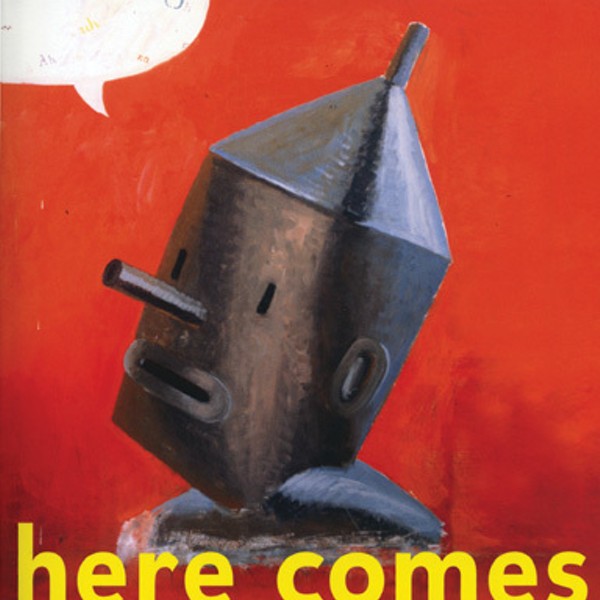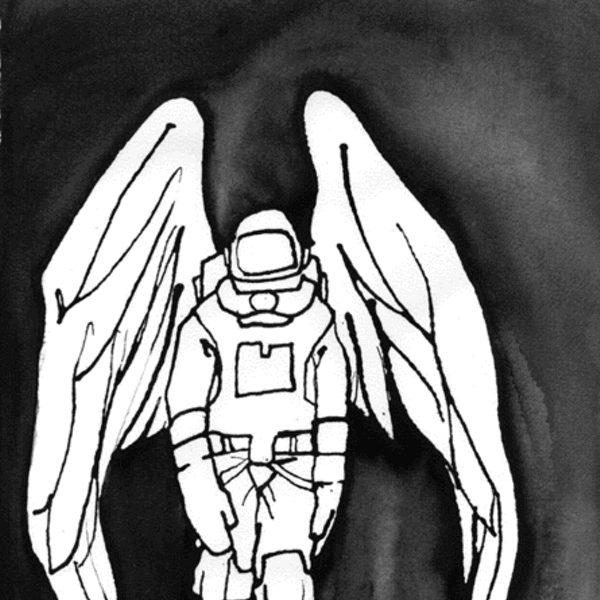In the midst of all of this nuclear madness, the National Geographic channel premiered “Finding Atlantis,” a special about some scientists who have discovered the remnants of what they believe is the lost city. Its location, according to the theory? Some mud flats in southern Spain, near Portugal, called Donaña.
The original archeological project, started by a Spanish team and then joined by Richard Freund of the University of Hartford, searched the Donaña bogs using a kind of MRI device, looking for underground evidence of a civilization of which they seem to have found some additional clues (this is a previously researched site). Freund proposes that the location of the presumed Atlantis focused on by the special was destroyed by a tidal wave. “This is the power of tsunamis,” he told Reuters. “It is just so hard to understand that it can wipe out 60 miles inland, and that’s pretty much what we’re talking about.”“Debate about whether Atlantis truly existed has lasted for thousands of years,” Reuters reported as background to the program. “Plato’s Dialogues from around 360 BCE are the only known historical sources of information about the iconic city. Plato said the island he called Atlantis ‘in a single day and night disappeared into the depths of the sea.’” Though many have gone searching for Atlantis, others believe that Plato was speaking in a kind of intellectual metaphor.
Of the things about the archeological find that Freund claims exist, the most endearing are models of the fabled city that were supposedly created as memorials by its refugees who landed in Spain—something denied by the Spanish scientists who say that no such models were found. For our purposes, though, it doesn’t matter whether the TV special is true or not—what matters is that the symbol of Atlantis makes a spontaneous appearance in our culture just as the world is on the brink of nuclear disaster.
Though we know very little about the actual Atlantis—including what it was called, when it existed, or whether it existed—the archetype of the Lost Continent is a persistent aspect of human consciousness. Sometimes it’s called Lemuria, or Mu. From one past-life regression about 10 years ago, I have a direct memory of being captain of a merchant marine vessel when Antarctica was inhabited, at the time of the mass evacuation from that continent. According to what I learned in my regression, one of the destinations for refugees was Spain. My wife went there. I stayed behind. It turned out that the leaders of the society who ordered the evacuation were about a century or two early in their predictions.
The myth of the lost civilization is persistent and it is intriguing. So, too, is the notion that a civilization, such as our own, might fall by its own undoing. I don’t think there is anyone who hasn’t considered whether this is inevitable; not out of any particular meanness or religious belief, but rather because we’re such a bunch of dumb asses who refuse to wake up.
In modern mythology, Atlantis represents a society that was stricken from Earth because it was unable to handle the technology that it created. In some versions of the tale, that is specifically what we (in our era of gadgets) would think of as spiritual technology (telepathy, mental manipulation of matter and time), yet where the ethical capacity to handle these talents has failed to evolve along with the power we hold.
It is the same basic idea; and it’s the same issue we’re facing now. It’s what Kurt Vonnegut was talking about in Cat’s Cradle with ice-nine. In a particularly literal moment of astrology, the idea for the chemical that ends the world came out of General Electric, when Vonnegut was a PR man there. Notably, GE manufactured the transformers that are now threatening to spin totally out of control.
Atlantis shows up as a factor in astrology as well. Minor planet specialist Martha Lang-Wescott delineates the asteroid Atlantis (1198) with the following themes: “Sense of impending doom; belief in deserved punishment/negative karma; invasions of privacy; access to inside or confidential information; abuse of resources, talents or information; importance of confidentiality/use of knowledge; water disasters; warnings.” In a recent phone interview, Wescott added another theme: “The other part of Atlantis is a negative projection, and we’re seeing a lot of that. Atlantis is ‘Doomsday is here.’” For example, she says that, “People with Venus/Atlantis aspects doom their relationships. If Atlantis is prominent [in a public chart], then you’re going to hear astrologers talking about doom and gloom.” Here in our era dominated by the negative obsessions of fundamentalist Christians, there’s plenty of that; it’s a religion based on the Revelation or the Rapture or the Apocalypse, which is the supposed “end of the world”—predicted relentlessly for the past 2,000 years (blended artfully with a radically sex-negative message), and presumed in modern times to be nuclear. I often wonder whether all these negative projections about cataclysm are adding up to the thing itself. Human thought is powerfully creative, and the federal budget has a lot of potential.
It is little known that J. R. R. Tolkien, in The Silmarillion, gives his own version of the fall of Atlantis, an island he calls Numenor, located off of the western shores of Middle Earth. The fictional empires of Arnor and Gondor were founded by a handful of people who escaped to Middle Earth right before a quake and tsunami destroyed Numenor, about 35 generations prior to the commencement of action in The Lord of the Rings. The most beloved fantasy novel of the 20th century has its early origins in a version of Atlantis. Numenor falls because its people, who live long and abundant lives in a kind of paradise, are terrified of death. They first become obsessed by wealth, then they crave the power and immortality of the gods who live on islands farther west. Their downfall is propagated by Sauron, in an earlier incarnation than we know him in The Lord of the Rings. Their hubris is spiritual rather than technological: based on their fear of the unknown, they want to live forever.
More recently, in Conversations with God by Neale Donald Walsch, there is a part that I think of as the Atlantis passage. “As I have said, this isn’t the first time your civilization has been at this brink,” God says to Walsch at one point in their dialogue. “I want to repeat this, because it is vital that you hear this. Once before on your planet, the technology you developed was far greater than your ability to use it responsibly. You are approaching the same point in human history again. It is vitally important that you understand this. Your present technology is threatening to outstrip your ability to use it wisely. Your society is on the verge of becoming a product of your technology rather than your technology being a product of your society. When a society becomes a product of its own technology, it destroys itself.”Whatever you may be hearing about the nuclear crisis in Japan, in these very days human civilization is now revealing how close it is to doing just that. As of this writing, on March 18, here is the situation at the Fukushima Daiichi plant: All six of its reactor cores are in some level of distress after being damaged by an earthquake and tsunami one week ago. In short, the tsunami damaged the reactors’ cooling systems, which has allowed the fuel to heat up and in three cases, partially melt. The problem here, besides nuclear power being a bad idea that has its roots in an even worse idea (the atomic bomb), is that numerous design “flaws” and neglect (way too much spent fuel left on site) has led to the most serious nuclear situation in the world—one that is actually threatening to do planet-wide damage.
This is the latest of an unusual cluster of events that you might think would happen once per century but are now happening a few times a year. Studying the astrology of these events going back to 9/ 11, and even including the charts of Japan, there are connections in the charts that suggest they are all part of the same thing, the same sequence of events. The charts give the impression that rather than being natural, we’re in the middle of some kind of war where the environment is being used as a weapon.
This seemed a little too tinfoil hat for me until I found a quote from Bill Clinton’s secretary of defense, a guy named William S. Cohen. The quote comes from a Department of Defense transcript. Cohen said he had read about the prospect of “some scientists in their laboratories trying to devise certain types of pathogens that would be ethnic-specific so that they could just eliminate certain ethnic groups and races; and others are designing some sort of engineering, some sort of insects that can destroy specific crops. Others are engaging even in an eco-type of terrorism whereby they can alter the climate, set off earthquakes, volcanoes remotely through the use of electromagnetic waves” [emphasis mine]. I think it’s funny that he claims that other people are doing this, when clearly even if someone else was, we would be too. And we’ve demonstrated that we lack the basic ethics to handle the technology that we know about. And this is where we find ourselves as the astrology moves fully into the 2012 configuration—the square of Uranus and Pluto: the planets of revolution and evolution setting one another off.
In terms of how to process all this disaster by design, my own preference is to be aware rather than to pretend something is not happening. My preference is to stay connected and creative and curious rather than to pull away. I choose to embrace this moment with a sense of adventure rather than dread. This is a moment of collective awakening.
It may be the beginning of the very moment of collective awakening, here at the edge of the world. I just have one question for you—what are you doing?
- Home
- Arts
- Food & Drink
- Towns
- Home & Design
-
Towns
- Accord
- Amenia
- Beacon
- The Berkshires
- Catskill
- Chatham
- Cold Spring
- Cornwall
- Ellenville
- Gardiner
- Garrison
- Germantown
- Goshen
- Great Barrington
- Hunter
- High Falls
- Highland
- Hillsdale
- Hopewell Junction
- Hudson
- Hyde Park
- Kerhonkson
- Kinderhook
- Kingston
- Marlboro
- Middletown
- Millbrook
- Millerton
- Montgomery
- Mount Tremper
- New Paltz
- New Windsor
- Newburgh
- Orange County
- Pawling
- Peekskill
- Phoenicia
- Poughkeepsie
- Putnam County
- Red Hook
- Rhinebeck
- Rosendale
- Saugerties
- Stone Ridge
- Sugar Loaf
- Tivoli
- Wappingers Falls
- Warwick
- Woodstock
- Westchester
- Lifestyle
- Horoscopes
- Cannabis
- Wellness
- The River
- Events
- Chronogrammies
- Newsletters
- Add Your Event
- Support Us
- Login
- sign in
- Username
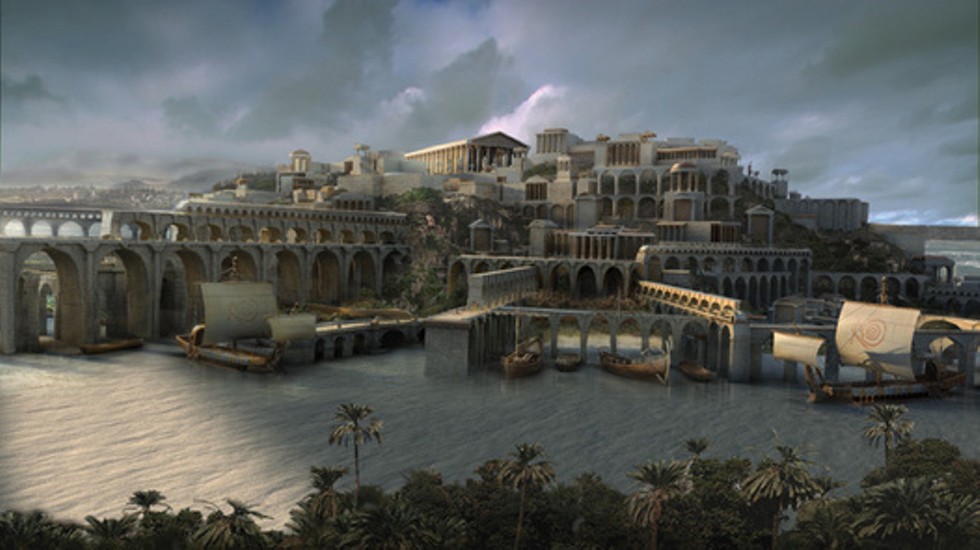
Illustration of Atlantis courtesy of the National Geographic Society.
Support Chronogram
Related Content
Website
Chronogram








